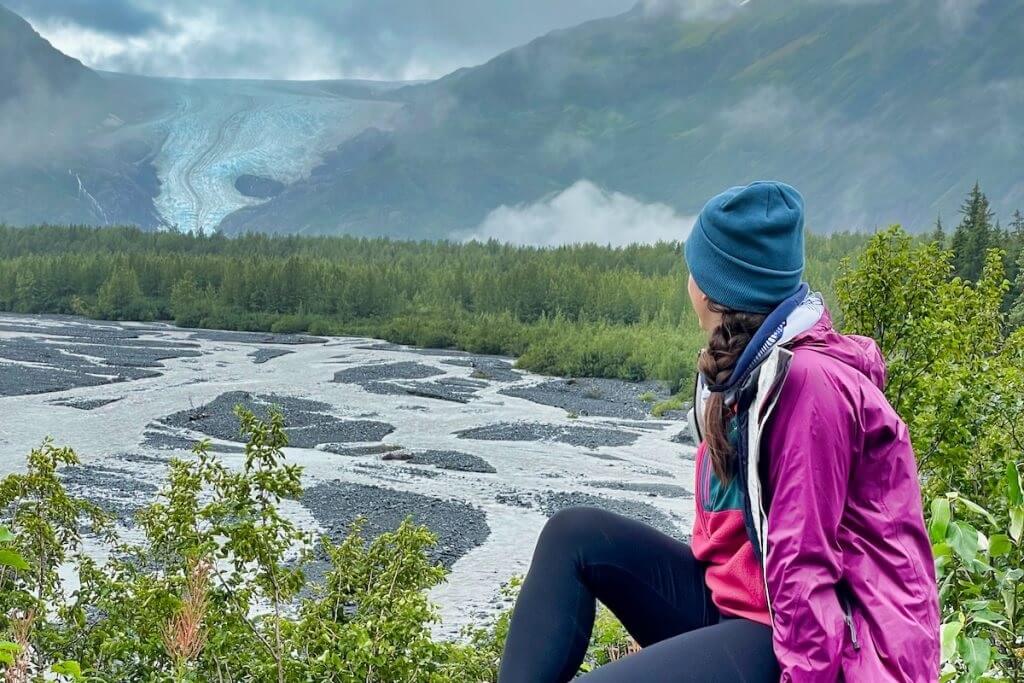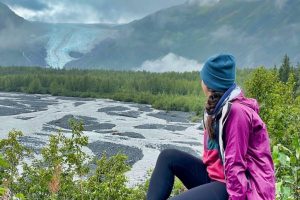With stunning mountains, towering mountain peaks, and abundant wildlife, Alaska is practically a highlight reel of the world’s most memorable hit movies. It’s no surprise that if you’re looking for a location to be in touch with nature, whether by foot or airplane, Alaska tours are the place perfect choice for you.
National parks
Alaska is the home of 15 preserves, parks, monuments, and national historical parks that cover an astonishing 54 million acres of Alaska land. This is more than 60% of the areas that are managed through the National Park Service nationwide. Within its protected area, biodiversity is abundant. Small and large animals including grizzly bears, bison, and beavers, are common in these regions within the states, as well as the most well-known inhabitants, such as elk, moose, and caribou.
A visit to one of the parks can give tourists access to accurate in the entire state, offering opportunities to observe glaciers mountains, and search for wildlife. A few of the most popular state tourist attractions are situated in these regions like Glacier Bay National Park and Denali National Park and Preserve.
Climate
There are many myths surrounding Alaskan weather. A lot of people believe that Alaska is perpetually cold. In reality, Alaska’s climate differs significantly from region to region, and every season brings an array of different experiences for travelers.
Go north and be prepared for bitter temperatures due to the subarctic climate, high latitude and air masses that traverse over the Bering Strait, which is located in Siberia. Venture further south into the interior of Alaska, where the weather can change drastically in the different seasons.
The summer (June until September) is fairly mild; however, visit during the winter (December through March), and you’ll require an excellent set of thermals. The lowest temperatures in Alaska are constantly recorded in this region. One example is a US record being minus 62 ° Celsius recorded in Prospect Creek in 1971.
In the summer months, temperatures fluctuate between 15 and 27 ° Celsius and offer long hours of sunshine, ideal to wander around. Travel Alaska claims that it is becoming a popular destination all year long when people book trips during winter to view the Northern Lights. Northern Lights. Wildlife enthusiasts and hikers may prefer summer trips, but visiting between January and March can be perfect for snow activities like traditional dog mushing as well as to take in the stunning panorama that is The Aurora Borealis.
If you’re planning an excursion to the capital, Juneau, make sure you bring an umbrella. The city’s southern part gets enough rain for 222 days in a year.
Northern Lights
One of the major factors that drive the popularity of winter tourism in this 49th state is Northern Lights. Mostly visible close to at the North Pole, this natural phenomenon illuminates the sky as solar-charged particles mix with gaseous particles found in the atmosphere of Earth.
The Aurora Borealis can be seen throughout Alaska dependent on the conditions of the weather. It’s desirable to avoid urban lights and head to a location with clear perspectives of the night sky, according to Travel Alaska.
Fairbanks is one of the towns which fits the bill. It is believed by many as the desirable spot in the entire state to see auroras due to its position under the oval of aurora.
If tourists stay three nights searching for auroras in Fairbanks and its surrounding areas in the interior of Alaska, there is an 85% chance of getting to see the lights, says Travel Alaska.





More Stories
Hotels in Abu Dhabi with the Best Views
Where Can You Find Cheap Rental Apartments in Dubai?
Your Child Ready For Their Own Travel Cute Disney Backpacks